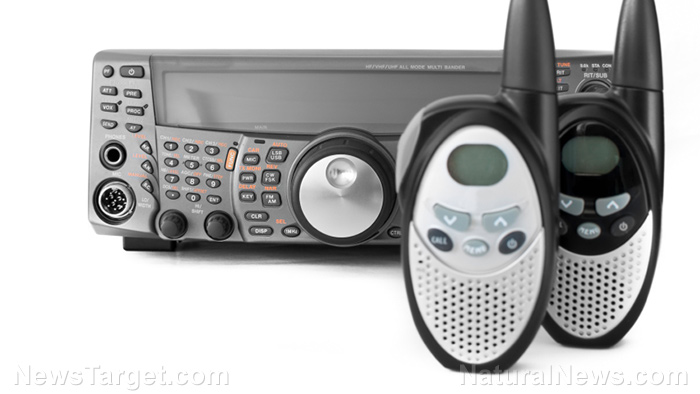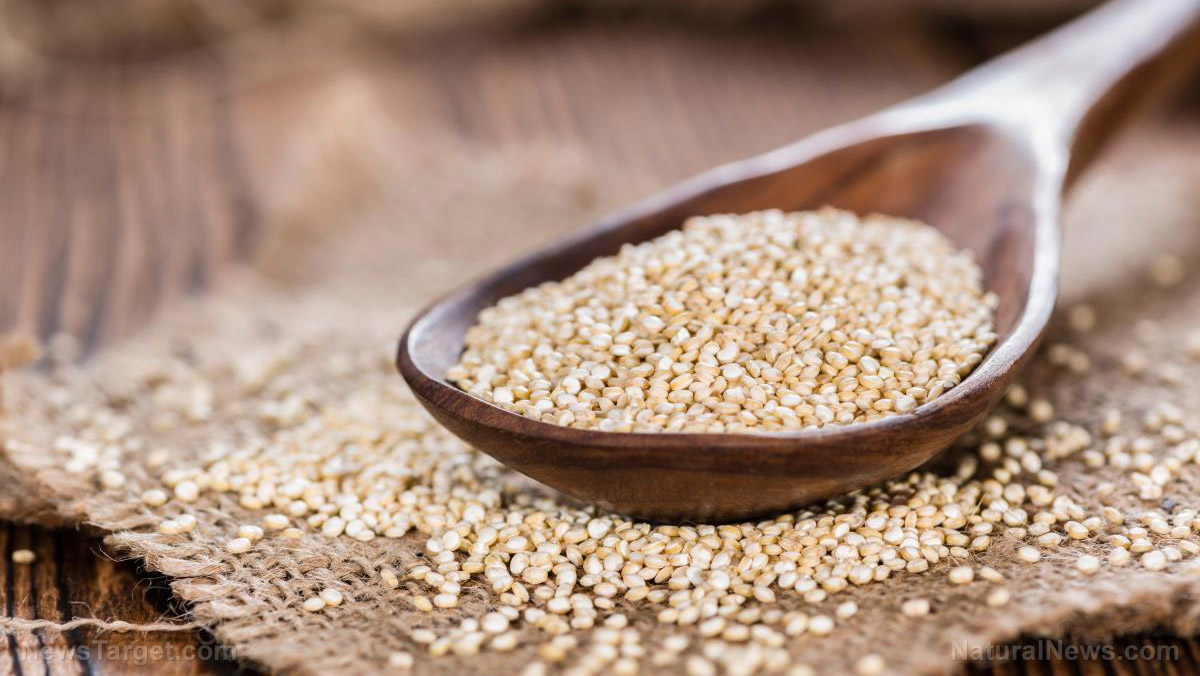Foraging 101: 4 Must-have tools when gathering food in the wild
06/03/2021 / By Arsenio Toledo

Foraging is a survival skill that goes back to the time of Adam and Eve. But while it has not changed much, the tools that can help you forage have. Here are four tools that you can use to forage for food successfully. (h/t to PreppersWill.com)
Foldup shovel
There are over 185 different plants in the United States with edible roots that can easily be procured. Some of these include sunflower, thistle, cattail, nut grass and morning glory. Many of these wild and edible roots are widely distributed in North America. And one tool that can help you dig up these edible roots is the foldup shovel. (Related: Is it edible? 3 easy steps to determine if you’ve found something edible in the wild.)
The type of soil will determine how easy or difficult it will be for you to dig out edible roots, as well as how to dig them out. In a desert terrain, you may need to stomp the shovel into the ground hard next to the plant. In soft and mushy ground, slicing at soft and loose soil works better.
Sweep net
In a survival situation, insects are a potential food source, especially since many are rich in fat and protein. Insect catching is a simple gathering activity that you can do in late spring, summer and early fall.
Catching edible bugs like mayflies, grasshoppers, crickets or katydids can be made easier with a sweep net. This tool is a non-destructive net, often with a canvas bag made of muslin or mesh cloth. It is attached to a long shaft and can be made using tools found in your shed or improvised in the field. It is regularly used by insect researchers to collect insects and other invertebrates.
Cast net
If you prefer fish and aquatic creatures over insects, then a cast net will be good for you. A single well-thrown toss of the cast net can get you a wide selection of aquatic creatures – and even some aquatic plants.
The cast net is great because it is very easy to use. You don’t need bait and it is far less damaging to aquatic habitats than other forms of fishing. Depending on your location, some of the water-dwelling creatures you could get include clams, crayfish, shrimp, minnows and larger fish like bass and catfish.
High-velocity air rifle
A high-velocity air rifle is a good starter weapon for hunting small animals like lizards, snakes, birds, frogs, rodents and other small creatures that are often considered to be pests.
Using a high-velocity air rifle takes a lot of skill, especially since you are hunting smaller, quicker and more elusive animals in potentially dense underbrush. But you can easily become an expert with constant practice, and your skills might even carry over to regular firearms.
A pellet gun is quieter than most guns so it is less likely to spook animals or alert other humans within the vicinity if you’re hunting in contested hunting ranges.
Gathering food in the wilderness is no easy task, but these four tools can make it easier to survive out there in the wild.
Sources include:
Tagged Under: air rifle, cast net, edible plants, fishing, foldup shovel, foraging, Gear, hunting, off grid, pellet gun, preparedness, prepper, prepping, survival, survival gear, survival skills, survivalist, sweep net, wilderness survival
RECENT NEWS & ARTICLES
COPYRIGHT © 2017 GEAR.NEWS
All content posted on this site is protected under Free Speech. Gear.news is not responsible for content written by contributing authors. The information on this site is provided for educational and entertainment purposes only. It is not intended as a substitute for professional advice of any kind. Gear.news assumes no responsibility for the use or misuse of this material. All trademarks, registered trademarks and service marks mentioned on this site are the property of their respective owners.




















